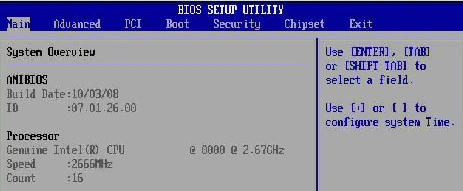
The History of BIOS
Ever wonder what happens before your computer shows the Windows logo or boots into Linux? That moment right after you press the power button and hear the fans whir to life. That’s the BIOS at work.
The BIOS (Basic Input/Output System) is a piece of firmware baked into your computer’s motherboard that kicks off hardware initialization as soon as you hit the power button. IBM introduced BIOS in 1981 as a proprietary technology, but it didn’t stay that way for long. Companies like Phoenix Technologies quickly reverse-engineered it to create compatible implementations, helping standardize PC boot processes. In 1996, Phoenix teamed up with Compaq and Intel to develop the BIOS Boot Specification.
One of BIOS’s primary responsibilities is to initialize and test the system’s hardware through a process called the Power-On Self Test (POST). This includes checking the CPU, memory, and other essential components to make sure everything is functioning correctly. If POST completes successfully, BIOS then looks for a bootloader on a storage device. The bootloader’s job is to take over from BIOS and load the operating system’s kernel into memory.
BIOS implementations are often tightly coupled to specific hardware configurations, making them highly specialized by design. Originally, BIOS was stored on read-only memory (ROM) chips soldered directly onto the motherboard. As technology progressed, manufacturers switched to flash memory, allowing BIOS firmware updates without replacing physical components. While this added convenience, it also introduced new risks. Malicious software—known as BIOS rootkits—can infect the firmware itself, remaining hidden even after an operating system reinstall. Firmware updates can also be risky; if the flashing process fails or is interrupted, the system can become bricked.
Final Thoughts
BIOS may be a relic of the past, but its role in shaping the PC boot process is undeniable. From its early proprietary days to being widely adopted, BIOS established many of the conventions that systems still build on today.
BIOS might not be the star of modern systems, but it remains a foundational piece of computing history worth remembering.